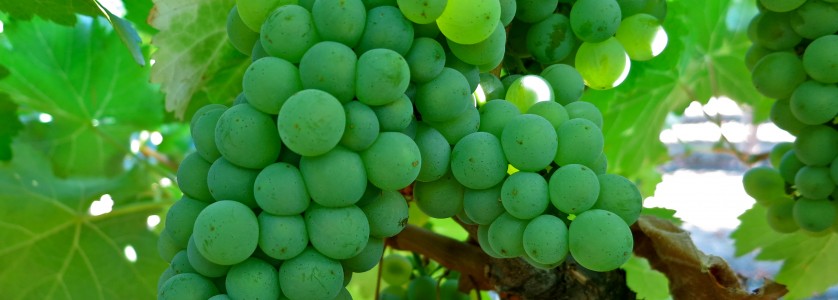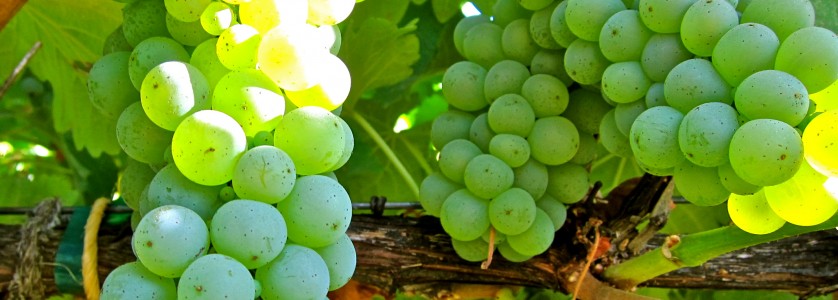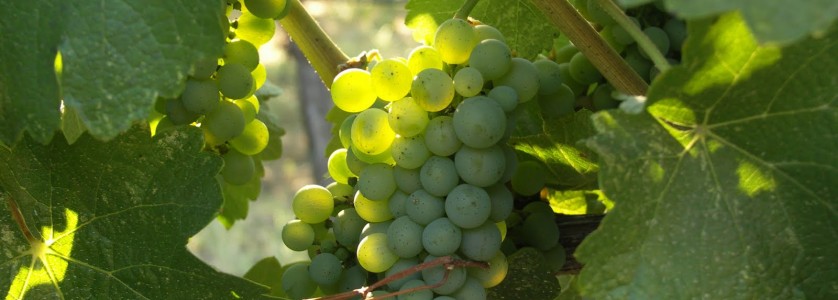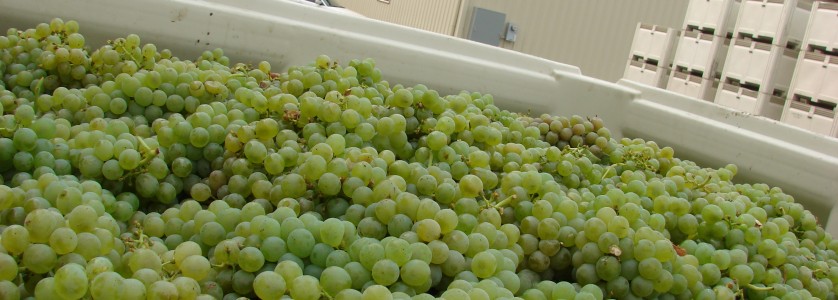Sauvignon Blanc




Sauvignon Blanc is a green-skinned grape variety, named after the words sauvage ("wild") and blanc ("white") due to its French origins. Although is successfully and extensively produced in the terroirs of the New World of wines.
Sauvignon Blanc is a green-skinned grape variety that originates from the Bordeaux region of France. The grape most likely gets its name from the French words sauvage (“wild”) and Blanc (“white”) due to its early origins as an indigenous grape in South West France. It is possibly a descendant of savagnin. Sauvignon Blanc is planted in many of the world’s wine regions, producing a crisp, dry, and refreshing white varietal wine. The grape is also a component of the famous dessert wines from Sauternes and Barsac. Sauvignon Blanc is widely cultivated in France, Chile, Canada, Australia, New Zealand, South Africa, Brazil, Moldova and California.
Some Sauvignon Blanc from California are called “Fume Blanc”, though this is often perceived to be a different type of wine. Depending on the climate, the flavour can range from aggressively grassy to sweetly tropical. Wine experts have used the phrase “crisp, elegant, and fresh” as a favorable description of Sauvignon Blanc from the Loire Valley and New Zealand. Sauvignon Blanc, when slightly chilled, pairs well with fish or cheese, particularly Chèvre. It is also known as one of the few wines that can pair well with sushi. Along with Riesling, Sauvignon Blanc was one of the first fine wines to be bottled with a screwcap in commercial quantities, especially by New Zealand producers. The wine is usually consumed young, as it does not particularly benefit from aging, except for some oak-aged Pessac-Léognan and Graves from Bordeaux that can age up to fifteen years. Dry and sweet white Bordeaux, typically made with Sauvignon Blanc as a major component, is another exception.
The Sauvignon Blanc grape traces its origins to western France in the Loire Valley and Bordeaux Regions. As noted above, it is not clear that the vine originated in western France. Ongoing research suggests it may have descended from Savagnin. It has also been associated with the Carménère family. At some point in the 18th century, the vine paired with Cabernet Franc to parent the Cabernet Sauvignon vine in Bordeaux. In the 19th century, plantings in Bordeaux were often interspersed with Sauvignon Vert (In Chile, known as Sauvignonasse) as well as the Sauvignon Blanc pink mutation Sauvignon Gris. Prior to the phylloxera epidemic, the insect plague which devastated French vineyards in the 19th century, these interspersed cuttings were transported to Chile where the field blends are still common today. Despite the similarity in names, Sauvignon Blanc has no known relation to the Sauvignon Rosé mutation found in the Loire Valley of France. The first cuttings of Sauvignon Blanc were brought to California by Charles Wetmore, founder of Cresta Blanca Winery, in the 1880s. These cuttings came from the Sauternes vineyards of Château d’Yquem. The plantings produced well in Livermore Valley. Eventually, the wine acquired the alias of “Fumé Blanc” in California by promotion of Robert Mondavi in 1968. The grape was first introduced to New Zealand in the 1970s as an experimental planting to be blended with Müller-Thurgau.
The Sauvignon Blanc vine often buds late but ripens early, which allows it to perform well in sunny climates when not exposed to overwhelming heat. In warm regions such as South Africa, Australia and California, the grape flourishes in cooler climate appellations such as the Alexander Valley area. In areas where the vine is subjected to high heat, the grape will quickly become over-ripe and produce wines with dull flavors and flat acidity. Global warming has had an effect on the Sauvignon Blanc grape, with the rising global temperatures causing farmers to harvest the grapes earlier than they have in the past. The grape originated in France, in the regions of Bordeaux and the Loire Valley. Plantings in California, Australia, Chile and South Africa are also extensive, and Sauvignon Blanc is steadily increasing in popularity as white wine drinkers seek alternatives to Chardonnay. The grape can also be found in Italy and in Central Europe.